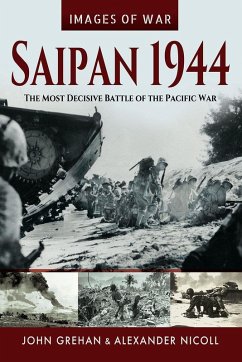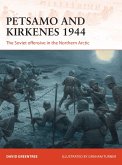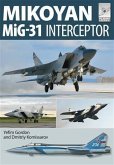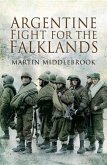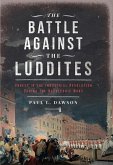A chronological account of the battle with more than 200 photographs, including graphic images of the fighting and the huge naval bombardment.After the astonishing Japanese successes of 1941 and early 1942, the Allies began to fight back. After victories at Guadalcanal, Coral Sea, Midway and other islands in the Pacific, by 1944, the Japanese had been pushed back onto the defensive. Yet there was no sign of an end to the war, as the Japanese mainland was beyond the reach of land-based heavy bombers. So, in the spring of 1944, the focus of attention turned to the Mariana Islands - Guam, Saipan and Tinian - which were close enough to Tokyo to place the Japanese capital within the operational range of the new Boeing B-29 Superfortress.The attack upon Saipan, the most heavily-defended of the Marianas, took the Japanese by surprise, but over the course of more than three weeks, the 29,000 Japanese defenders defied the might of 71,000 US Marines and infantry, supported by fifteen battleships and eleven cruisers. The storming of the beaches and the mountainous interior cost the US troops dearly, in what was the most-costly battle to date in the Pacific War.Eventually, after three weeks of savage fighting, which saw the Japanese who refused to surrender being burned to death in their caves, the enemy commander, Lieutenant General Saito, was left with just 3,000 able-bodied men and he ordered them to deliver a final suicide banzai charge. With the wounded limping behind, along with numbers of civilians, the Japanese overran two US battalions, before the 4,500 men were wiped out. It was the largest banzai attack of the Pacific War.As well as placing the Americans within striking distance of Tokyo, the capture of Saipan also opened the way for General MacArthur to mount his invasion of the Philippines and resulted in the resignation of the Japanese Prime Minister Tojo. One Japanese admiral admitted that 'Our war was lost with the loss of Saipan'. This is a highly illustrated story of what US General Holland Smith called 'the decisive battle of the Pacific offensive'. It was, he added, the offensive that 'opened the way to the Japanese home islands'.
Dieser Download kann aus rechtlichen Gründen nur mit Rechnungsadresse in A, B, BG, CY, CZ, D, DK, EW, E, FIN, F, GR, HR, H, IRL, I, LT, L, LR, M, NL, PL, P, R, S, SLO, SK ausgeliefert werden.

